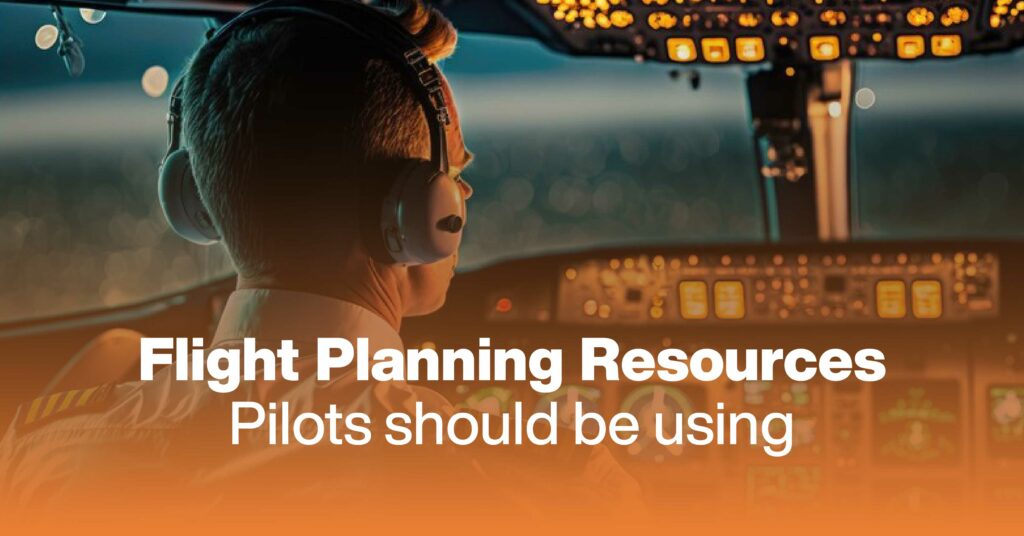When it comes to flight planning, pilots rely on a variety of resources to ensure a safe and efficient journey. From weather updates to navigation charts, there are several tools available to assist in the planning process. In this article, we will explore the top flight planning resources that every pilot should be using.
Weather Updates
Weather conditions play a crucial role in flight planning, and pilots need accurate and up-to-date information to make informed decisions. Online sources such as the National Weather Service and aviation-specific websites provide real-time weather updates, including temperature, wind speed, precipitation, and cloud cover. Additionally, modern weather applications for smartphones offer convenient access to detailed forecasts and radar images. By utilizing these resources, pilots can anticipate weather patterns along their route and adjust their flight plan accordingly.
Navigation Charts
Navigation charts are essential tools for pilots to determine their position and navigate safely from one point to another. Electronic Flight Bags (EFBs) have become increasingly popular, allowing pilots to access navigation charts and other flight documents digitally. These digital resources are constantly updated, ensuring the latest information is readily available. Additionally, many EFBs offer features such as route planning, airspace information, and terrain awareness. Pilots should take advantage of these technological advancements to enhance their flight planning and navigation capabilities.
Aircraft Performance Calculators
Calculating aircraft performance is crucial for a successful flight. Pilots need to determine factors such as fuel consumption, maximum takeoff weight, and climb rates to ensure their aircraft is operating within safe limits. Aircraft performance calculators are available both online and through mobile applications, providing pilots with the necessary tools to make accurate calculations. These resources take into account factors such as altitude, temperature, and runway conditions to generate precise performance data. By utilizing these tools, pilots can optimize their flight planning and ensure a smooth journey.
Airspace Information
Understanding airspace restrictions and requirements is vital for flight planning. Pilots must be aware of any restricted areas, temporary flight restrictions (TFRs), and special use airspace along their route. Online resources such as the FAA’s Aeronautical Information Manual (AIM) and sectional charts provide comprehensive airspace information. Additionally, mobile applications and EFBs offer interactive maps with overlays of airspace boundaries and associated regulations. By utilizing these resources, pilots can navigate airspace effectively and stay in compliance with regulations.
How Garg Aviations Can Help?
Garg Aviations is a leading provider of aviation services and can assist pilots in their flight planning endeavors. With a team of experienced professionals, Garg Aviations offers personalized guidance and support throughout the planning process. From weather briefings to airspace analysis, their experts ensure pilots have access to the necessary resources and information for a safe and efficient flight. They also provide training and education on utilizing modern flight planning tools, such as EFBs and online resources. With Garg Aviations by their side, pilots can have confidence in their flight planning decisions.
Conclusion
Flight planning is a complex process that requires access to accurate information and resources. Pilots should utilize the wide range of flight planning resources available, including weather updates, navigation charts, aircraft performance calculators, and airspace information. These tools enhance the pilot’s ability to plan and execute a safe and efficient flight. With the assistance of organizations like Garg Aviations, pilots can access expert guidance and support to optimize their flight planning process. By incorporating these resources into their routine, pilots can enhance their experience, expertise, authority, and trust in the aviation community.

